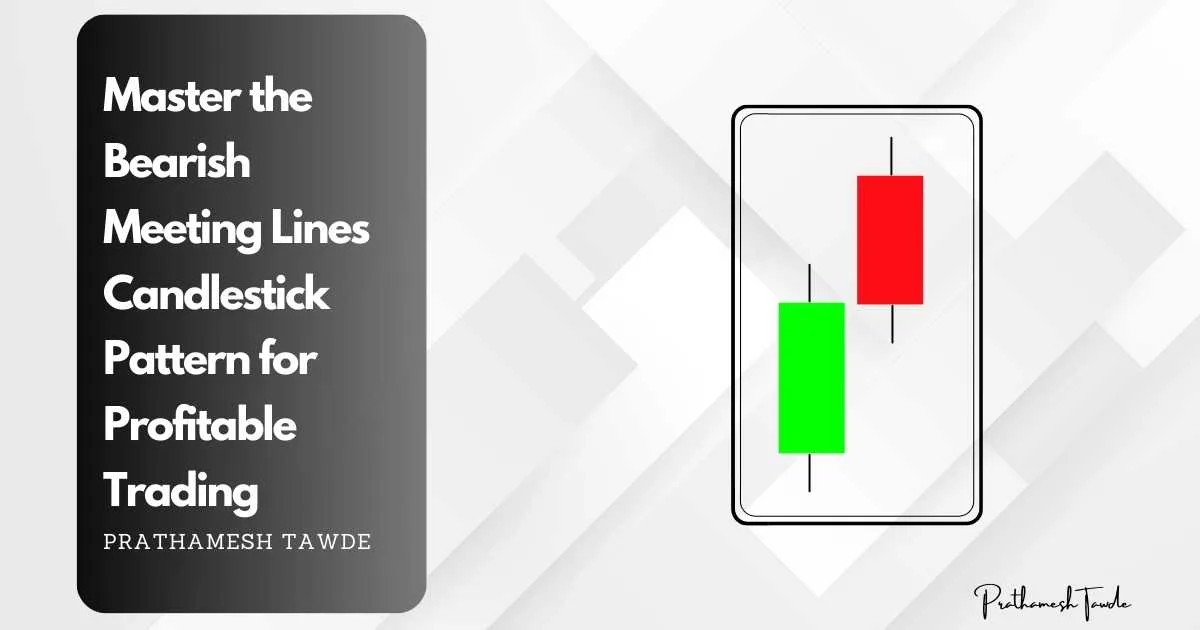Mastering the Broadening Top Pattern for Technical Analysis
- Prathamesh Tawde
- December 16, 2023
Introduction
In technical analysis, traders rely on chart patterns. They use them to find trading opportunities. One such pattern that holds significance is the Broadening Top Pattern. This article defines the pattern and explores trading strategies. It delves into the intricacies of the pattern.
What is the Broadening Top Pattern?
The Broadening Top Pattern is also known as the Megaphone Pattern. It is a reversal pattern seen on price charts. Prices usually have higher highs and lower lows. This forms a broadening or widening pattern. This pattern signifies increasing volatility and uncertainty in the market.
Characteristics of the Broadening Top Chart Pattern
Expanding Price Range
One key characteristic of the this pattern is its expanding price range. As the pattern develops, the distance between the highs and lows widens. This shows that price volatility is growing.
Varying Volume Levels
During the formation of the pattern, volume levels may fluctuate. Initially, volume may increase as the pattern evolves, indicating heightened participation from traders. However, as the pattern matures, volume may diminish, suggesting indecision and potential exhaustion.
Multiple Touch Points
The Pattern consists of multiple touch points along the trendlines. These touch points connect the highs and lows of the pattern. They highlight the broadening of price movements.
Psychology Behind the Pattern
Market Sentiment
The Pattern shows a shift in market sentiment. It is from consolidation to divergence. At first, the pattern may emerge during times of consolidation. This shows that market participants are uncertain and indecisive.
Participant Behavior
As the pattern unfolds, participants have conflicting views. They disagree on the market’s direction. Bulls push prices up. Bears drive prices down. This creates the broadening pattern.
Identifying the Pattern
Price Action Analysis
Traders can spot the Broadening Top Pattern by studying price action on the chart. Prices form higher highs and lower lows. This comes with increased volatility. It serves as a visual cue for pattern recognition.
Confirmatory Indicators
In addition to price action, traders may use confirmatory indicators. These indicators validate the Broadening Top Pattern. These indicators include volume analysis, oscillators, and momentum indicators. They can provide extra insights into market dynamics.
Trading Strategies for Pattern
Shorting Opportunities
Traders may profit from the Broadening Top Pattern. They can do so by starting short positions near its upper trendline. You can identify entry points when prices reverse from higher highs. Place stop-loss orders above the pattern’s highs.
Long-Term Investment Approach
Long-term investors may use the Broadening Top Pattern as a signal. They can use it to adjust their portfolio. Recognizing the pattern early can help investors. It can reduce potential downside risk and preserve capital.
Real-Life Examples
Case Study 1: Stock Market
Imagine a scenario where a stock exhibits the Broadening Top Pattern on its daily chart. Traders who spot the pattern may choose to start short positions. They do this as prices near the upper trendline, expecting a trend reversal.
Tips for Successful Trading
Practice and Experience
Like any trading strategy, mastering the Pattern requires practice and experience. Traders are encouraged to improve their skills through paper trading. They should also use real-life market scenarios.
Adapting to Market Conditions
Furthermore, traders should remain adaptable to changing market conditions. The Broadening Top Pattern can be helpful. But it’s not perfect. It may need adjustments based on changing markets.
Conclusion
In conclusion, the Broadening Top is an important chart pattern in technical analysis. It signals potential market trend reversals. By understanding its characteristics and trading strategies. Traders can add this pattern to their process.
FAQs
A Broadening Top Pattern is also called a megaphone pattern. It forms after an upward trend. It signals a bearish reversal. It is characterized by a series of higher highs and lower lows, creating a broadening shape. This pattern often signals increased volatility and a potential reversal in the market.
Traders can spot a Broadening Top Pattern by looking for higher highs and lower lows. These form an expanding shape. This pattern typically requires at least five points of contact. There should be three higher highs and two lower lows. Volume analysis can also confirm the pattern. Higher volume often comes with higher highs.
A Broadening Top Pattern indicates indecision and increased volatility in the market. The pattern reflects a struggle between buyers and sellers. Neither side can keep a clear trend. This indecision often leads to a bearish reversal. The failure to keep higher prices suggests weakening buying power.
Traders use the Broadening Top Pattern to anticipate potential market reversals. When this pattern forms, traders might exit long positions or enter short ones. This is especially true if the price breaks below the lower trendline. Setting stop-loss orders above the recent highs can help manage risk.
The main risk of trading the Broadening Top Pattern is the potential for false signals. The pattern’s volatility can lead to premature entries or exits. Traders should use more technical indicators. These include volume and momentum oscillators. They confirm the pattern. Proper risk management, including setting stop-loss orders, is crucial to mitigate these risks.

I’m Prathamesh Tawde, a leading figure in the dynamic world of financial markets. Born on March 30, 1986, in the vibrant city of Thane, Maharashtra, I’ve nurtured a profound passion for technical analysis and a commitment to guiding individuals toward successful trading journeys. With a mission to empower and educate, I’ve carved a distinct niche as a content creator, educator, and mentor.





